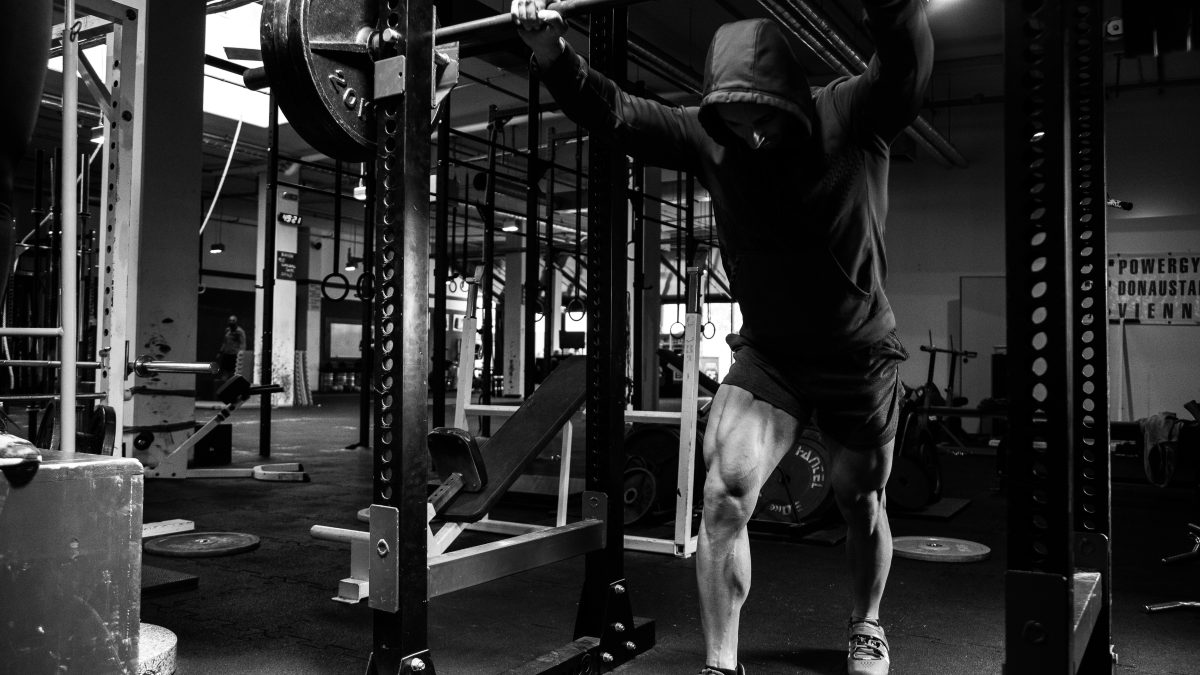
Leg Training for Longevity
Why Leg Training is Crucial for Longevity: A Complete Guide
When people think of fitness, the focus often drifts toward visible muscles like abs, arms, or chest. But one of the most important aspects of a long, healthy, and functional life lies further down your legs. Leg training is not just about aesthetics or athletic performance; it’s a cornerstone of longevity. Here’s why prioritizing your lower body in your fitness routine is a game-changer.
Leg Strength = Mobility and Independence
Your legs are your body’s foundation. Strong legs ensure you can perform essential activities like walking, climbing stairs, or standing up from a chair. As we age, maintaining independence is often linked to mobility. A decline in leg strength can lead to reduced activity, which accelerates aging and the risk of chronic diseases.
Key Stat:
A study in the Journal of Aging and Physical Activity found that leg strength was the strongest predictor of functional mobility in older adults.
Boosts Metabolism and Fat Loss
Leg training engages the largest muscle groups in the body, such as the quadriceps, hamstrings, glutes, and calves. This activation burns significant calories and elevates your metabolism. Consistent leg workouts can improve your body’s ability to manage weight and combat age-related fat gain.
Enhances Balance and Stability
Falls are one of the leading causes of injury and death in older adults. Leg training helps strengthen stabilizing muscles and improve balance, reducing the risk of falls. Exercises like squats, lunges, and step-ups train coordination and proprioception, both of which are critical for staying steady on your feet.
Try This:
Incorporate single-leg exercises, like Bulgarian split squats or single-leg deadlifts, to build balance.
Supports Joint Health
Leg training strengthens the muscles surrounding key joints like the knees, hips, and ankles. This added support reduces strain on the joints, minimizing wear and tear. For people with arthritis or joint pain, resistance training can help alleviate symptoms and improve function.
Low-Impact Options:
If heavy lifting isn’t an option, try resistance bands, bodyweight exercises, or cycling.
Improves Cardiovascular Health
Lower body exercises like squats, lunges, or leg presses increase blood flow and strengthen the cardiovascular system. Additionally, activities like brisk walking, jogging, or cycling target the legs while boosting heart health. Strong legs also promote better circulation, reducing the risk of varicose veins and blood clots.
Hormonal Benefits
Leg training stimulates the release of growth hormones and testosterone, which are essential for maintaining muscle mass and bone density as you age. These hormonal responses have widespread benefits, including improved energy levels, mood, and metabolism.
Builds Bone Density
Weight-bearing leg exercises, such as squats and deadlifts, stress the bones in a healthy way, prompting them to become denser and stronger. This is vital for preventing osteoporosis, especially in older adults.
Mental Health Boost
Leg training has a surprising impact on mental health. A 2018 study found that leg strength is linked to better brain health and cognitive function in later life. The neural connections between your legs and brain are significant, and regular movement can help maintain these pathways.
Dont skip leg day! (-;











